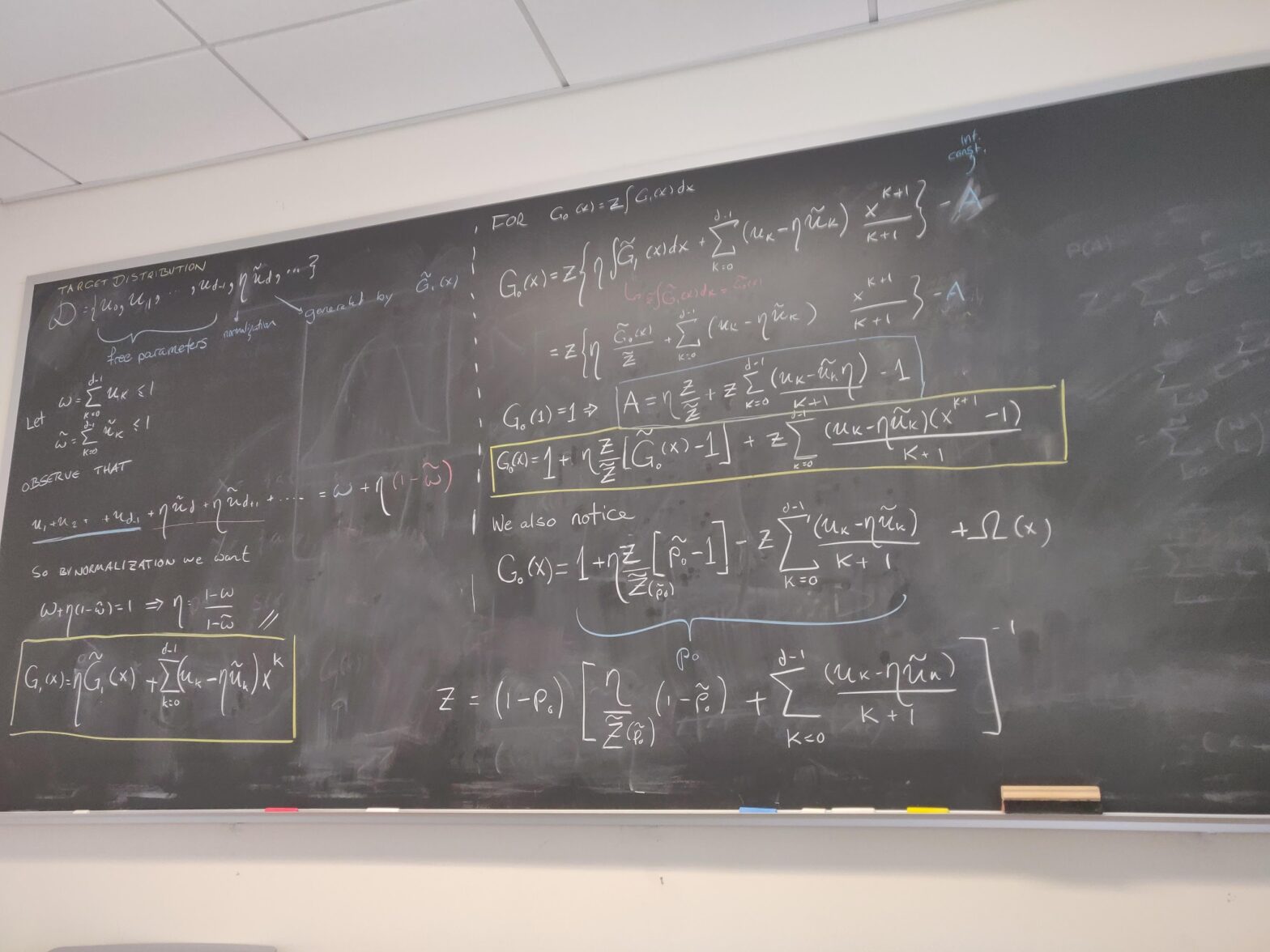Location: Innovation Hall, room E100 + MS Teams.
Remote viewing: A link is sent 24h before the talk to subscribers of the STATATUVM ListServ.
Fall
October 16th
3:30 PM ET
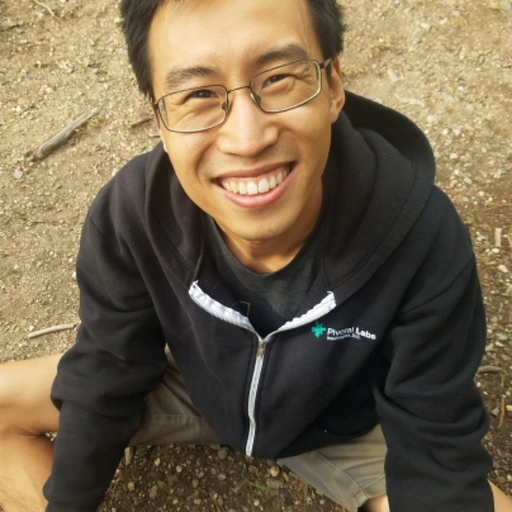
Sam Zhang
CU Boulder
Title: An illusion of predictability in scientific results: Even experts confuse inferential uncertainty and outcome variability
Abstract: Traditionally, scientists have placed more emphasis on communicating inferential uncertainty (i.e., the precision of statistical estimates) compared to outcome variability (i.e., the predictability of individual outcomes). Here, we show that this can lead to sizable misperceptions about the implications of scientific results. Specifically, we present three preregistered, randomized experiments where participants saw the same scientific findings visualized as showing only inferential uncertainty, only outcome variability, or both and answered questions about the size and importance of findings they were shown. Our results, composed of responses from medical professionals, professional data scientists, and tenure-track faculty, show that the prevalent form of visualizing only inferential uncertainty can lead to significant overestimates of treatment effects, even among highly trained experts. In contrast, we find that depicting both inferential uncertainty and outcome variability leads to more accurate perceptions of results while appearing to leave other subjective impressions of the results unchanged, on average.
November 6th
3:30 PM ET
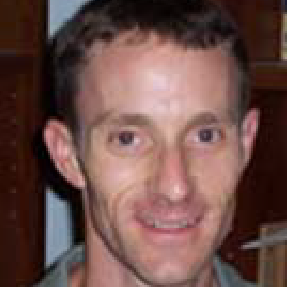
Title: Feel the noise: a statistical journey through the resolution of a low frequency noise issue
Abstract: In nature, low-frequency noise (LFN) exposure is typically short-term and often serves as a warning (e.g., thunder). Modern society has sources of LFN that are pervasive, leading to prolonged exposure to this stressor. The WHO refers to LFN as an invisible toxin. I will discuss some of the challenges and successes of a project to remediate LFN. My interest in LFN research began six years ago due to some health issues. I was very fortunate to be able to join a team of acoustical and mechanical engineers to help design and implement a solution. The fact that everyone experiences sound differently, along with the clash between experimental design and practical considerations of operating a central heating plant, added to the complexity. In collaboration with the institution, I took the lead on writing the RFP that was used to hire two acoustical engineering firms to assess and remediate the source of the LFN. My talk will cover statistical aspects of the journey to a successful resolution of the LFN issue.
December 4th
3:30 PM ET
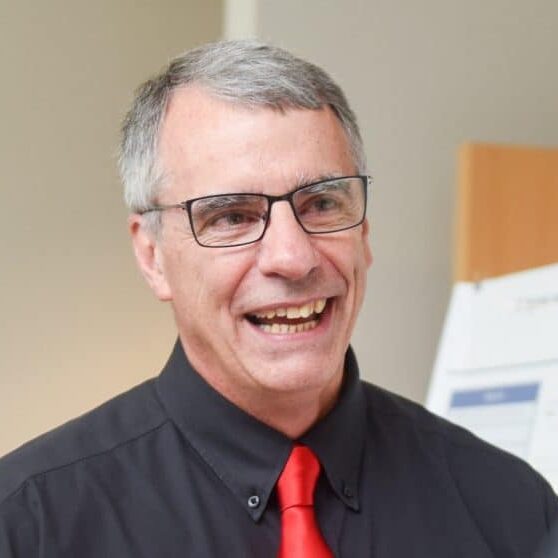
Leonard Stefanski
North Carolina State University
Title: Fractional Ridge Regression
Abstract: Ridge regression was introduced by Hoerl and Kennard (1970), and twenty-six years later was followed by the introduction of the lasso Tibshirani (1996). The body of research ensuing from these seminal papers is staggering and has contributed immensely to our understanding of shrinkage and selection methodology and to the practice of regression modeling in many areas of science. In some applications of regression modeling, the goal is simply to achieve the best possible predictions of future response values. In other applications, interpretation is important as a way to guide understanding of the process under investigation. Ridge regression is very good at prediction, although it is often eclipsed by the lasso in terms of both prediction and interpretation because the lasso also allows for selection.
The method introduced in this talk, fractional ridge regression, has the potential to improve both prediction (as measured by mean square error) and interpretability (as measured by the specificity of variable selection) relative to the lasso.
Spring
February 26th
3:45 PM ET

Rebecca Hubbard
University of Pennsylvania
Title: Opportunities and challenges for advancing health equity through electronic health records-based research
Abstract: Vulnerable populations, including racial and ethnic minorities and medically frail individuals, are under-represented in randomized clinical trials (RCTs), raising concerns about health equity and the external validity of results. Additionally, clinical trials may not reflect care and outcomes as they are experienced in routine practice and can be slow to provide timely evidence in the face of rapidly evolving or urgent public health or medical crises. Electronic health records (EHR) have the potential to address some of these concerns. However, limitations of EHR necessitate careful attention to study design and application of appropriate statistical methods. In this talk, I will discuss the potential of EHR data to supplement RCTs and support risk-guided medical decision-making by providing both more timely and generalizable evidence and presenting statistical approaches for addressing the challenges of conducting research in EHR data. Methodological approaches will be illustrated using real-world studies from the cancer care continuum. Through judicious application of appropriate methods, EHR have the potential to support more equitable health research, but careful consideration must be given to the limitations of this data source.
March 18th
3:45 PM ET

Abigail Crocker
University of Vermont
Title: Addressing the harms of mass incarceration: Lessons learned from a 5-year community-engaged research effort.
Abstract: The US has the highest incarceration rate in the world and spends more than $89 billion on prison operations per year. Working or being confined in a prison has a negative impact on a person’s health. Both corrections officers and incarcerated individuals experience significantly higher rates of depression, post-traumatic stress disorder, and suicidal ideation compared to the national average. Moreover, the overall life expectancy for a corrections officer is reported to be 59 years, which is 16 years less than the national average. For incarcerated individuals, every year someone spends in prison, it is estimated that their life expectancy is reduced by two years. Despite their scale and impact, prisons are among the least transparent and most understudied public institutions in the nation. In response to these issues, the Urban Institute, with support from Arnold Ventures, launched the Prison Research and Innovation Network (PRIN). PRIN is a consortium of five states, each working to establish a model of transparency, accountability, and innovation in a pilot prison. The purpose of PRIN is to use research and data to shine a much-needed light on prison conditions and develop strategies for effective solutions to promote the health and well-being of people who are confined and work behind bars. Central to the PRIN research effort is the commitment to the use of community-engaged research methods. This talk will share the findings, lessons learned, and future directions from Vermont’s PRIN community-engaged research effort to study and innovate in a pilot prison.
April 15th
3:45 PM ET
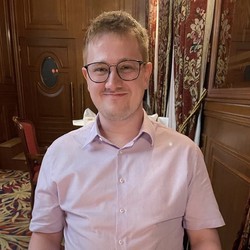
Alec Kirkley
University of Hong Kong
Title: Principled Nonparametric Inference for Network Data Using the Minimum Description Length Principle
Abstract: Networks pose novel challenges for inference and learning due to their discrete, high-dimensional nature. This inherent complexity necessitates the development of statistically principled unsupervised learning objectives that steer clear of ad hoc heuristics to distinguish meaningful structure from noise in real networks. In this talk I will discuss a few recent projects aimed at developing principled unsupervised learning methods that parsimoniously summarize structural and dynamical regularities in network data of multiple forms: geographical networks, multilayer networks, temporal networks, and hypergraphs. These methods are unified under the Minimum Description Length principle from information theory, which readily permits fully nonparametric inference while explicitly highlighting particular regularities of interest in discrete datasets. I will discuss the motivation for this family of methods as well as a general procedure for applying this framework to other problems in network inference. I will also discuss its relationship with hierarchical Bayesian modeling, which allows for the comparison of parameter recovery performance across different optimization algorithms as well as further model selection with posterior predictive checking.
Past seminars can be found here

